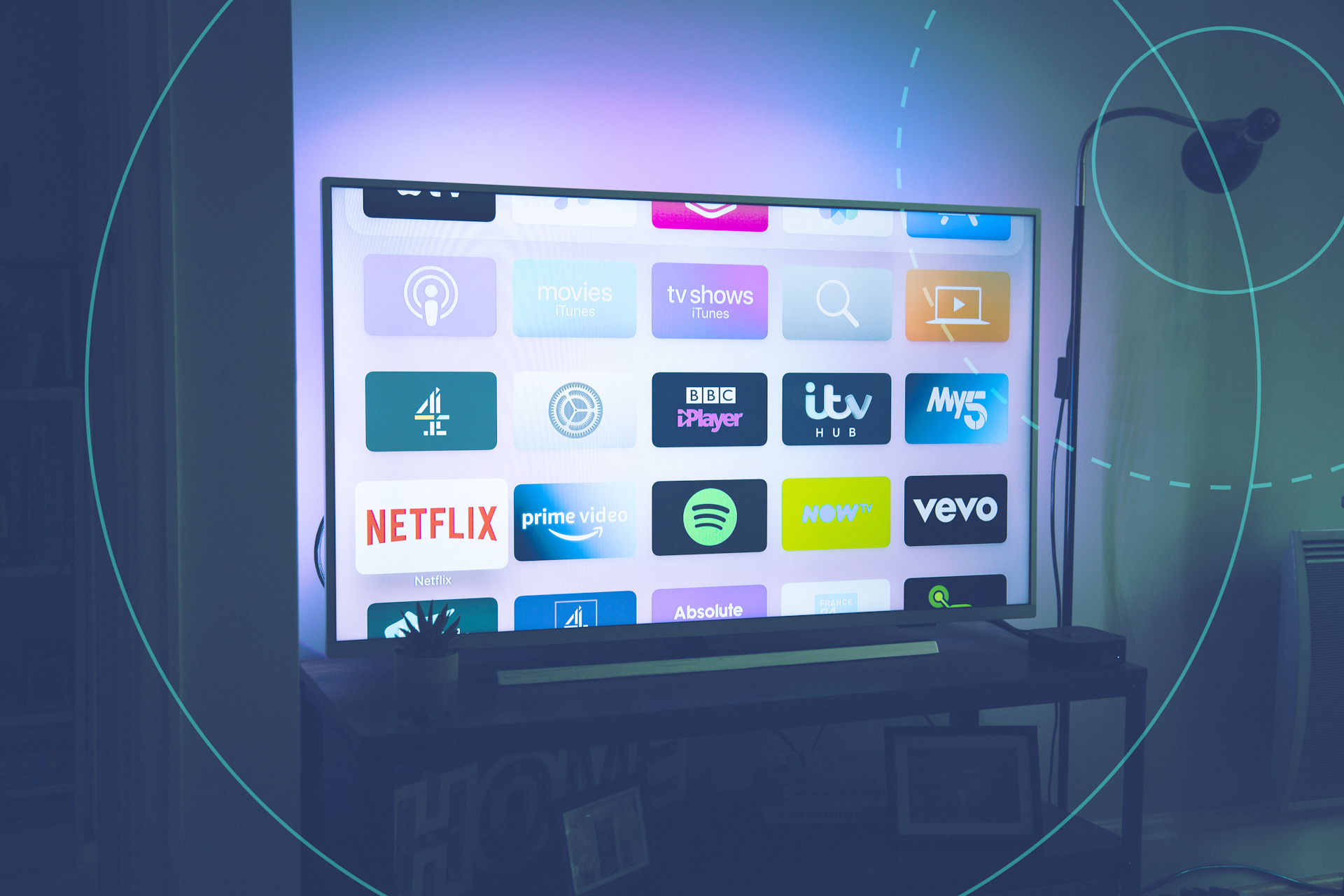Looking to boost efficiency in your demand generation strategies? Read to learn seven effective strategies for pulling in high-quality B2B leads.
Deep audience research, well-considered content, and team-wide alignment can power efficient B2B demand generation strategies
Before a prospect can become a lead, let alone a customer, they must learn about what makes your business useful. Demand generation begins at that early stage. By building awareness, demand generation ensures prospects know about your product, then guides those prospects to the top of the sales funnel and the entire sales process. Subsections such as lead generation turn prospects into leads and leads into customers, but demand generation serves as the umbrella over it all. Successful demand generation strategy builds your business’s prominence and authority, which can improve marketing efficiency over the long term.
Before deciding on B2B demand generation strategies, it’s important to review the particulars of your situation — things like budget, timeframe, and intended audience will all influence your demand generation strategies, as will input from your sales team. Here are a few tried and true demand generation strategies you can use to build awareness and feed the conversion funnel.
Discover strategies, metrics, examples and more with The Complete Guide to Demand Generation.
Key Demand Generation Strategies
Identify Your Target Audience
The first step to an efficient demand generation strategy is learning how to target it. Examine both past customers and prospects with an eye to who they are. What industries do they work in? What are their roles, ages, locations, and interests? Surveys are an excellent vehicle for obtaining these kinds of details, but to expand your data pool, you can also turn to Google Analytics.
However you gather your intel, you’ll likely end up with more data than you need; set goals around visitor behavior and segment out visitors who meet those goals. That way, you’ll ensure you only heed data tied to more deeply interested site visitors — say, those who spend a certain amount of time on the site, or visit certain solutions pages. Finally, social media analytics such as Facebook Insights and Twitter Analytics can provide some of the same info using those platforms as their sources.
The more you know about the audience for your product, the more precisely you can target it with marketing campaigns. Make sure whatever marketing platforms you use give you access to robust, precise data so that you can make the most of your budget. One marketing channel providing that level of insight is connected TV, which combines the performance marketing capabilities of mobile marketing with the reach of television. With tvScientific’s platform, your business can benefit from exact targeting and real-time feedback, providing a cost-effective path to your most exciting prospects. Read our free guide to CTV advertising to learn more.
Build Buyer Profiles
While you may be tempted to answer the question as to who your ideal customer is with an enthusiastic “Everyone!”, that’s almost certainly not true. People interested in what your business has to offer will naturally have certain things in common with each other — behaviors and features that set them apart from their peers. As you pore over the data from your audience research, trends will start to reveal themselves. You can use these aggregated data points to create composite sketches of the different kinds of buyers you serve. If you turn these composite sketches into buyer profiles, you’ll develop a shorthand for segments of your audience.
As you continue to collect data, refine these personas with an eye toward increasing specificity. The more specific these personas are, the more accurate your marketing materials become, and the easier it will be to raise awareness among the prospects they represent. As a result, your demand generation marketing strategies will operate at a higher level of efficiency.
Create a Content Strategy
Once you have a firm understanding of your audience, you can begin to create relevant content that appeals to their needs and answers their questions. Doing so empowers you to craft the narrative around your brand, its product, and the industry you serve. It also demonstrates authority in your field, which builds customer trust. If you show customers you understand their pain points and know how to help, they’ll remember it.
The form your content takes can, and likely will, vary. Blog posts and videos, for example, are useful for answering general questions your audience may want answered. White papers up the level of specificity, showing the deeper and more nuanced understanding your business brings to the question. Case studies show your solution in action, proving its success. All these and more have their places in demand generation strategies.
To find out the questions you need to answer, turn to tools such as Answer the Public and Google Trends. These will help you discover keywords your customers are searching for, which can guide the topics you hit in your content. For written content, tools like Frase can help you optimize keyword usage to rank on Google Search.
Align Content Types to Stages of the Buyer’s Journey
When producing your content, consider where in their journey potential customers will find it most helpful. Guidelines around why each piece of content is created, how it supports your B2B demand generation strategies, and where it should send a prospect next can ensure the funnel works as efficiently as possible.
As a general rule, free, un-gated content like blog posts lives at the top of the sales funnel by building awareness. As prospects gain knowledge of your offerings, those with greater interest will see video ads, landing pages, and ebooks ushering them further down the funnel. These types of content often benefit from gates that let better-qualified leads offer up their information while lower-quality leads opt out. Finally, demos and case studies can convince the most interested leads to take the plunge and buy.
Invest in Marketing Automation Tools
The more sophisticated your demand generation strategies become, the more effort it will take to coordinate them. Manually operating every lever at your disposal can quickly grow too mammoth a task for your marketing team. When deployed with care, marketing automation can trim that workload without sacrificing quality.
Let your customer relationship management (CRM) software gather customer journey data from your site for you. Automating social media post scheduling can ensure your posts are paced for maximum effectiveness. The same logic applies to email marketing campaigns, where predetermined user actions can prompt automated lead-nurturing follow-ups. Automation can even be used in digital advertising, where programmatic ads can place your ads according to where your target audience congregates online.
Incorporate Account-Based Marketing
Account-based marketing (ABM) is a demand generation strategy that targets a select group of accounts that represent greater growth opportunities. When these high-value leads crop up at the top of the sales pipeline, ABM picks them out and fast-tracks them with tailored marketing and enhanced sales support.
ABM requires hand-in-glove collaboration between marketing and sales. Aligning the two teams is the first step in implementing ABM. Together, they should consider what your ideal customer looks like. What are its values? What is its growth trajectory, or level of maturity? What is its revenue model? Marketing then uses this information to target more directly and to hand off accounts that fit the bill to sales as soon as possible. That helps your business more easily bring in cornerstone customers and up conversion rates.
Implement Lead Scoring
Audience research and buyer personas can help determine high-quality leads as they enter the top of your sales funnel, but it can be helpful to develop a shorthand for lead quality. Lead scoring aims to solve this challenge. It begins with the marketing and sales teams devising a formula for lead scoring. That ensures alignment across the teams, giving marketing a clear picture of the ideal lead and sales an understanding of how marketing will bring them in. Demand generation strategy experts typically use a mix of company goals and past sales when designing their lead scoring formula. They then iterate on that formula by examining each month’s best leads, analyzing their paths to purchase, and adjusting marketing efforts as necessary to target those leads more efficiently.
HubSpot and Adobe have useful guides for implementing lead scoring.
How tvScientific Can Help
Demand generation strategies reach peak effectiveness when a business knows its target audience and pursues it effectively. That’s why CTV and OTT advertising fits the strategy so well. At tvScientific, our platform powers excellent performance measurement, deep targeting tools, and on-the-fly campaign adjustments based on real-time feedback. That ensures key metrics such as reach and ROAS meet your high standards. To learn more about how our expertise can serve your demand generation strategy, set up a demo today.







